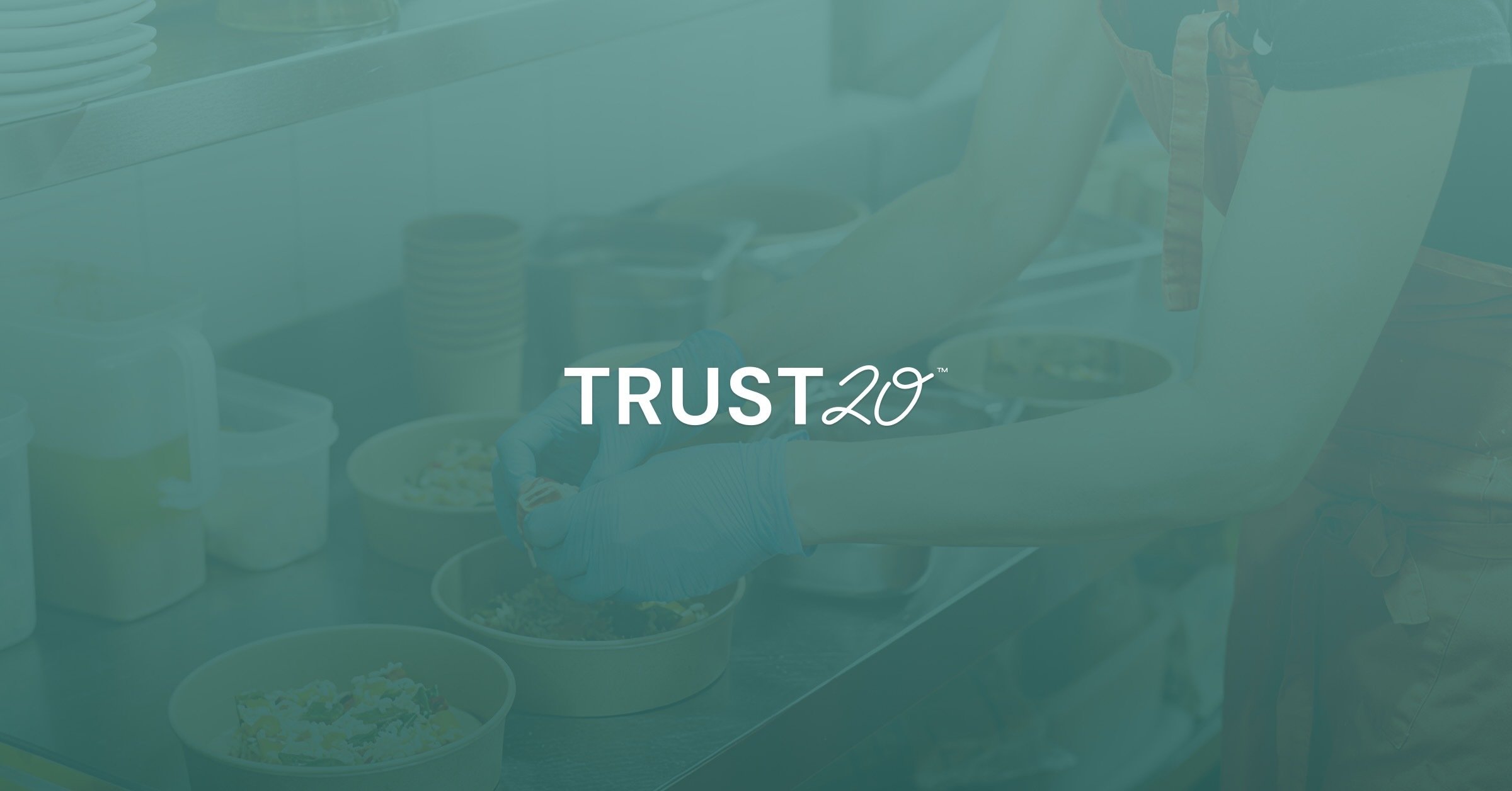Safety in the foodservice industry is often boiled down to avoiding the temperature danger zone or reminders in the bathroom for staff to properly wash their hands before returning to work. However, businesses with liquor on their menus have to take additional precautions when it comes to keeping their license and being able to safely serve alcohol.
Part of ensuring safety for all customers is making sure they feel completely safe while consuming alcohol. One of the growing situations bartenders are experiencing is first dates. As public spaces, bars, and restaurants are frequently considered safe in the age of online dating when two people are meeting for the first time. While that is a great way for people to protect themselves, businesses like The Frisco Bar in Texas have taken this one step further with a particular drink on their secret menu: the Angel Shot.1 This secret “shot” has been growing in popularity as a way to give customers a safe way to exit a potentially dangerous situation. A similar method that has appeared is the “Ask for Angela” campaign.2
The ordering principles are simple:
Angel shot with lime - alerts the bartender to trouble and lets them know you need police intervention
Angel shot neat - you'd like a security staff member to walk you to your car
Angel shot on the rocks - requests that a manager call a Uber, Lyft, or taxi to ensure you get home safely
Foodservice workers often are in close proximity to their customers, so staff can tell when a situation doesn’t seem right. Codeword campaigns like Iberian Rooster’s (St. Petersburg, Florida) can help staff feel more confident in their ability to support their customers in a difficult situation.3 An angel shot could simply help someone out of a bad date or meeting, but they can also potentially protect guests from kidnappers and human traffickers.
No campaign is without its flaws, but in the case of the angel shot there are some options to remedy them. There have been two major concerns brought up in regards to these codeword campaigns. First, Teen Vogue points out that signs should really “be all bathrooms, regardless of gender, because women are not the only victims of sexual assault.”4 It has also been noted that popularizing the “angel shot” defeats the purpose of its secrecy.5 Both are valid concerns, but they also have common sense solutions. Safety information should absolutely be made available to guests, no matter their gender.
If a business has gone through the effort to create a codeword menu, a simple strategy could be to rename the angel shot to a menu item that is on-brand for that particular location and to provide different codeword items in each of the available bathrooms. Ultimately, the advent of the angel shot serves as a reminder for restaurants, bars, and other foodservice establishments to consider safety from a holistic point of view.
If your business is reviewing its standards and wants to go above and beyond to ensure the safety of your guests, here are three crucial steps you can take to develop a customer safety program in your establishment:
-
Establish and maintain clear lines of communication between and among diners, staff, managers, and operators. Whether this is signage throughout the business, a part of the host’s greeting, menu notes, email/social media messages, or staff meetings - the more consistent and open communication, the better.
-
Ensure all new staff are trained in emergency response guidelines, fire safety compliance, allergic reaction protocols, secret menu items (like an angel shot).
-
Maintain a high-quality security system and inform staff about any necessary procedures to manage alarms, cameras, or law enforcement notifications. Make sure there are signs posted informing guests and the public that there is a security system in place.
Have you implemented other procedures in your business to keep your staff and customers safe? Tell us about it! Reach out and let Trust20 know how you are keeping your business and community safe–we would love to learn from you and highlight your experience to help the foodservice industry become a safer place for everyone.
Sources:
-
The Frisco Bar: Home page
-
Mic.com: "Angel Shots" aimed to help women protect themselves from potentially dangerous dates
-
Huff Post: Florida Restaurant Offers Special 'Angel Shot' To Help Women Escape Bad Dates
-
Teen Vogue: Code Word 'Angel Shots' Keeps You Safe When You Go Out
-
Snopes: Is Ordering an 'Angel Shot' Potentially Life-Saving for Women?
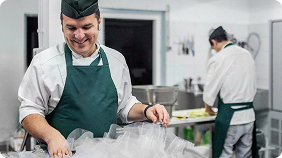

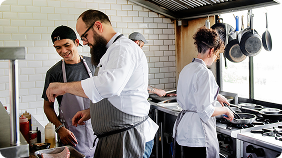
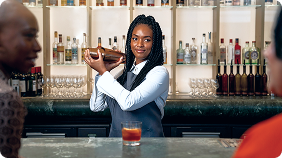

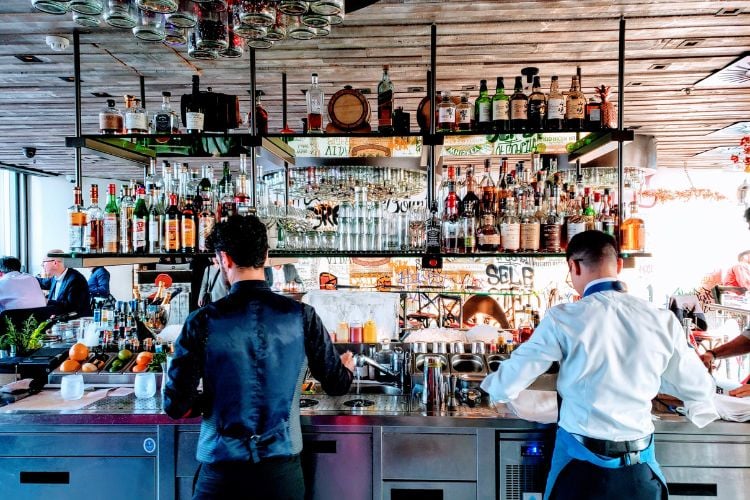

.png)
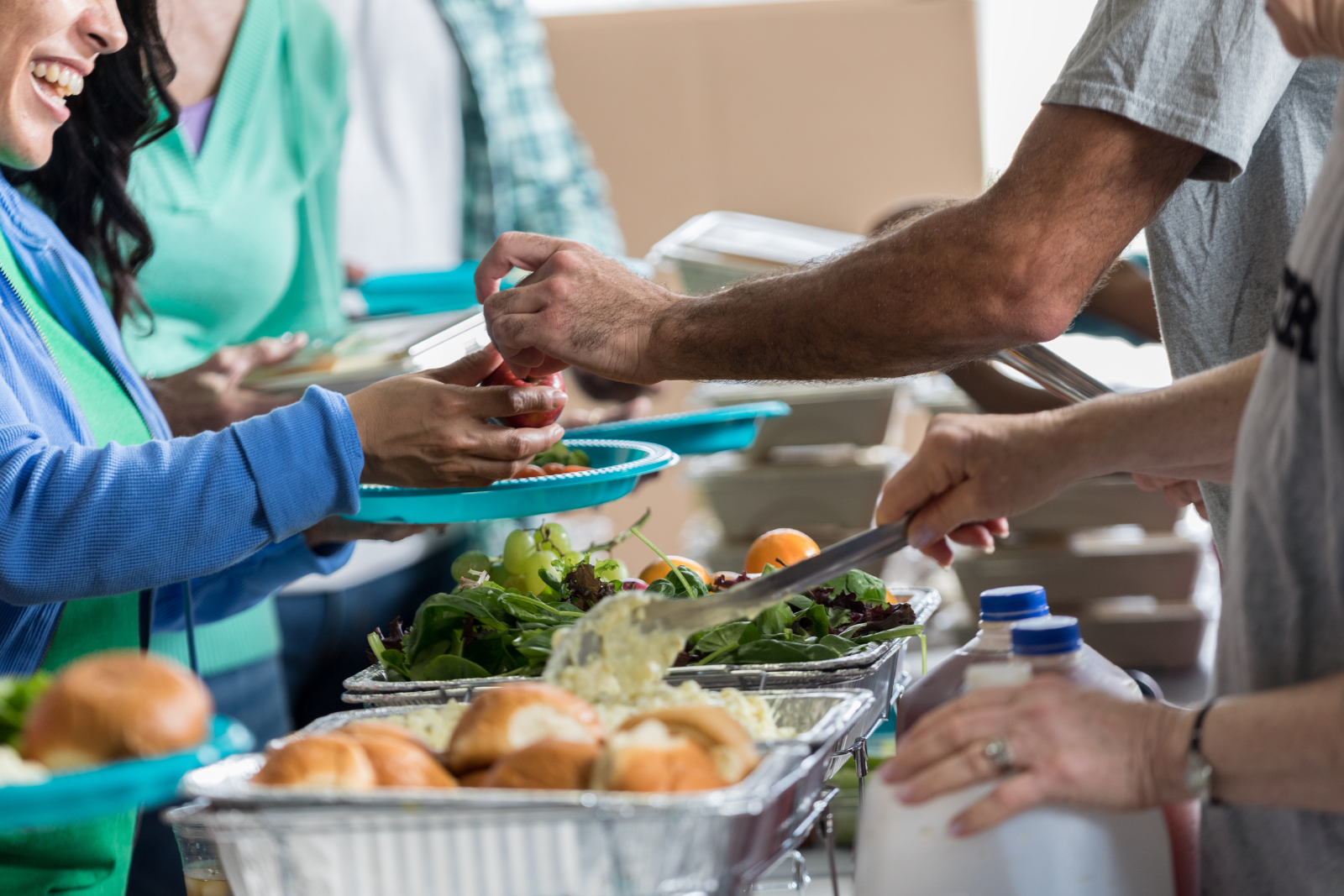
.png)
